Eight key techniques to improve the planting efficiency of crisp pears!
Crisp pear originated in Dangshan, Anhui Province, is a relatively ancient cultivated variety. Its fruit has a smooth surface, a big and full, in addition to rich nutrition, pollution-free and other major characteristics, and this fruit is also sold at home and abroad, loved by the majority of consumers.
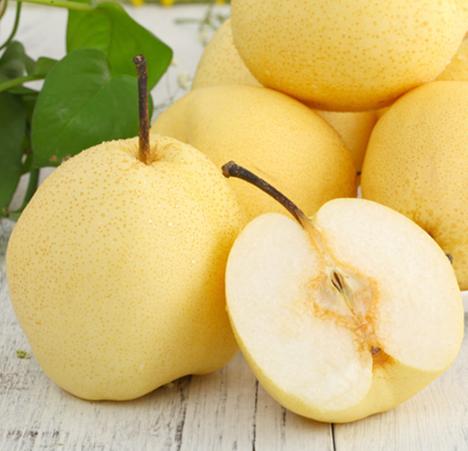
If the fruit wants to sell well, good quality is the key, so today the editor will explain some measures to improve the quality and efficiency of crisp pears.
1. Strengthening and thinning branches
On the basis of not affecting the number of flowers in the current year, remove the trunk or the branches on the trunk that are thicker than the growing part of the stem or the fruiting branch group with a smaller angle. In addition, for whorled branches, opposite branches, overlapping branches and other branches should also be reasonably thinned, so as to achieve a robust tree potential, rational use of the effective space of the tree, and cultivate a robust fruiting branch group.
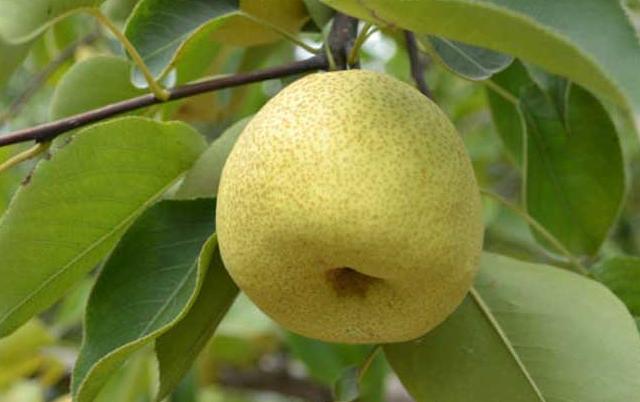
two。 Increase thinning efforts
For some over-densely planted orchards, it is appropriate to reduce the number of planted trees per mu in 1-2 years, about 50-80 trees per mu, and the thinning is generally carried out by digging one or two every other.
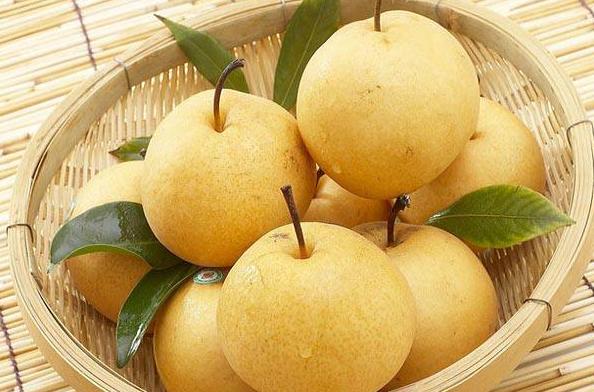
3. Standard configuration of crisp Pear Orchard
For Qiaohua crisp pear trees, the general row spacing should be controlled at 1.5-2m*4m, and the free spindle tree shape should be adopted as far as possible through daily management. of course, the tree shape can also be selected reasonably according to the local weather conditions and the planting density of the orchard. If the crisp pear tree wants to bear fruit, of course, there must be a reasonable pollination tree, generally 6-8 crisp pear tree corresponding to a pollination tree.
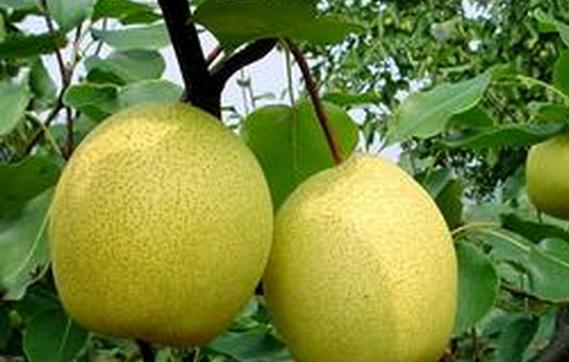
4. Selection of reasonable pollination methods
For orchards planted in a large area, natural pollination generally can not meet the needs of production, so some artificial pollination or bee pollination will be used as an assistant, so as to improve the fruit setting rate of crisp pears in their orchards and ensure the yield of the same year. As for the time of pollination and the weather conditions that pollination should pay attention to, the editor does not describe it.

5. Fruit bagging
In the process of fruit bagging, you should pay attention to fruit thinning, of course, the degree of difficulty of fruit thinning determines the degree of flower thinning. The fruit left on the tree is mostly single fruit, large fruit and side fruit, with an average interval of 25-30cm between each other, which is suitable for better daylighting, while for a crisp pear tree with a moderate tree potential, it is best to leave about 12000 fruit per mu, while trees with more vigorous growth can leave more fruit, while trees with weaker growth can leave less fruit. After bagging, bagging should pay attention to these problems: the mouth must be tightly fastened, the bag should be supported as far as possible, the fruit is generally suspended, and the vents should be opened.

6. Scientific fertilizer and water management
The fertilization of crisp pear trees is mainly in autumn, and the time of fertilization is generally after fruit harvest, the earlier the better. This fertilization is mainly organic fertilizer, of course, it also needs to be combined with the application of some chemical fertilizers or trace elements. After fertilization, it is necessary to irrigate in time, so that the role of fertilizer can be brought into full play, so as to improve the overwintering ability of trees and the quality of fruit setting in the coming year.
7. Control of diseases and insect pests
For the prevention and control of diseases and insect pests, the policy of "prevention first, comprehensive control" should be adopted as far as possible, such as garden cleaning in winter, white painting of tree trunks, etc., to reduce the overwintering base of diseases and insect pests, and then in the growing season, by protecting the natural enemies of diseases and insect pests and creating an ecological environment with good price comparison, chemical pesticides are used or not used as much as possible. As a result, the clearing center produces green, pollution-free, high-quality fruit.
- Prev
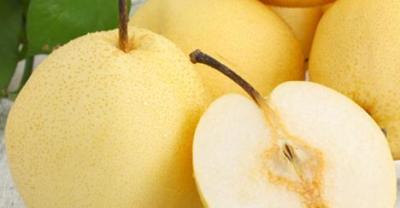
The secret trick to get rid of white spots-melanin planting!
It is believed that this is what many vitiligo patients are most concerned about and what they want to know most. The treatment of vitiligo varies according to different conditions. Down.
- Next
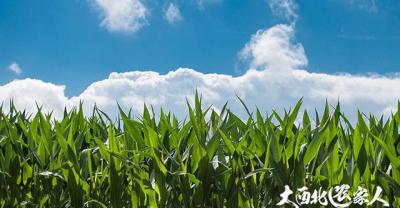
"Summer balcony vegetable planting recommendations" water spinach planting
Water spinach nutrition and efficacy Water spinach used to eat very little, and later like a small Taiwan Yan, the novel inside the female owner with a pot of white rice and water spinach fried meat harvest...
Related
- Fuxing push coffee new agricultural production and marketing class: lack of small-scale processing plants
- Jujube rice field leisure farm deep ploughing Yilan for five years to create a space for organic food and play
- Nongyu Farm-A trial of organic papaya for brave women with advanced technology
- Four points for attention in the prevention and control of diseases and insect pests of edible fungi
- How to add nutrient solution to Edible Fungi
- Is there any good way to control edible fungus mites?
- Open Inoculation Technology of Edible Fungi
- Is there any clever way to use fertilizer for edible fungus in winter?
- What agents are used to kill the pathogens of edible fungi in the mushroom shed?
- Rapid drying of Edible Fungi

